The first national park in Panama was Altos de Campana National Park, established in 1966. It was the country’s first protected area and is located in the Panama Province, about 50 miles (80 km) west of Panama City. The park protects cloud forests and is home to rare species like the endemic golden frog.
About Panama National Parks
Panama is home to an impressive network of national parks, with over a dozen officially designated areas protecting its rich biodiversity. These parks span various ecosystems, from coastal mangroves and tropical rainforests to highland cloud forests and marine habitats. With its unique geographic position as a land bridge between North and South America, Panama harbors an extraordinary diversity of flora and fauna, making it one of the world’s most important ecological hotspots. The national parks safeguard species such as jaguars, harpy eagles, Baird’s tapirs, and hundreds of amphibian and reptile species, alongside vast numbers of migratory birds.
One of the most renowned parks in the country is Coiba National Park, a UNESCO World Heritage Site. Located in the Pacific Ocean, Coiba is the largest island in Central America and is surrounded by one of the region’s richest marine ecosystems. The park is a haven for scuba divers and snorkelers, offering sightings of whale sharks, manta rays, and large schools of tropical fish. Due to its relative isolation, Coiba also protects several endemic species that cannot be found anywhere else.
Soberanía National Park, just outside Panama City, is one of the best places for birdwatching in the world. The park’s Pipeline Road is famous among ornithologists for hosting more than 500 bird species, including toucans, trogons, and the strikingly rare Rufous-vented ground cuckoo. The park’s tropical forests are also home to howler monkeys, sloths, and anteaters, providing visitors with an immersive experience in Panama’s diverse wildlife.
For those seeking highland landscapes, Volcán Barú National Park offers a unique experience. Home to the towering Volcán Barú, the highest peak in Panama at 3,475 meters (11,401 feet), this park provides incredible views that, on clear days, allow visitors to see both the Pacific Ocean and the Caribbean Sea. The park’s cloud forests are home to the elusive resplendent quetzal, a bird deeply revered in Mesoamerican culture. Volcán Barú is also a favorite destination for hikers looking to challenge themselves with its strenuous summit trails.
Another ecologically rich park is Darién National Park, the largest national park in Panama and one of the most biologically diverse areas in the world. This UNESCO-listed site features untamed jungles and rivers, home to species such as the endangered Central American tapir and the jaguar. The park also preserves indigenous Emberá and Wounaan communities, who have lived in harmony with the land for centuries. Due to its remoteness, Darién remains one of the least-explored areas in Central America, making it an adventurous destination for experienced nature enthusiasts.
Despite the beauty and significance of its national parks, Panama faces conservation challenges, including deforestation, illegal hunting, and climate change. However, successful conservation efforts, such as marine protected areas in Coiba National Park and the reforestation projects in Soberanía National Park, demonstrate the country’s commitment to preserving its natural heritage. With continued environmental protection measures, Panama’s national parks remain crucial for biodiversity conservation and ecotourism, offering visitors a chance to experience some of the world’s most stunning and diverse ecosystems.
Panama National Parks
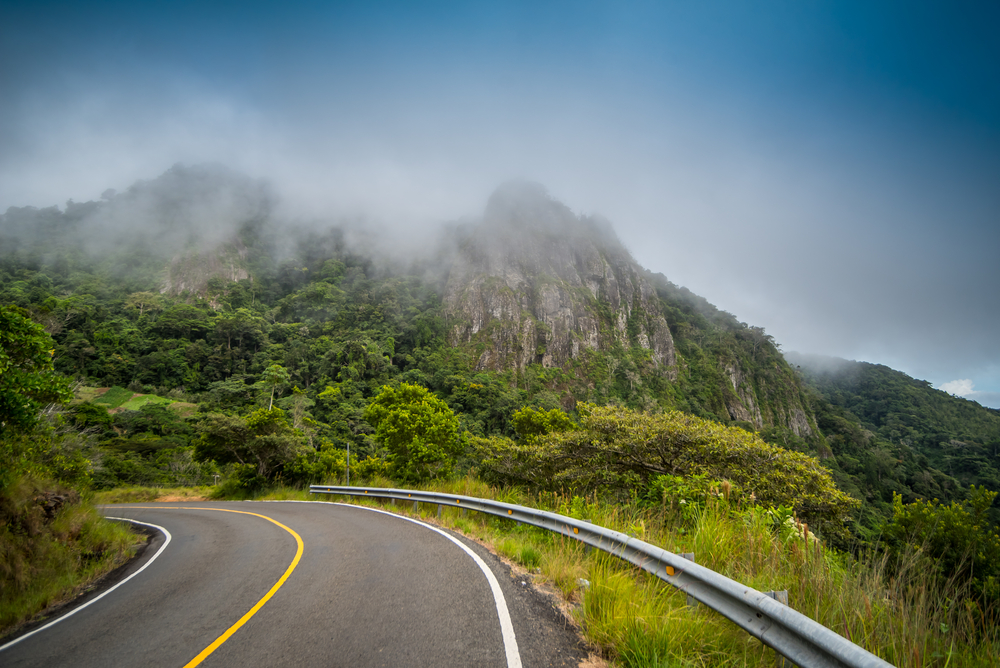
Altos de Campana National Park
Explore Now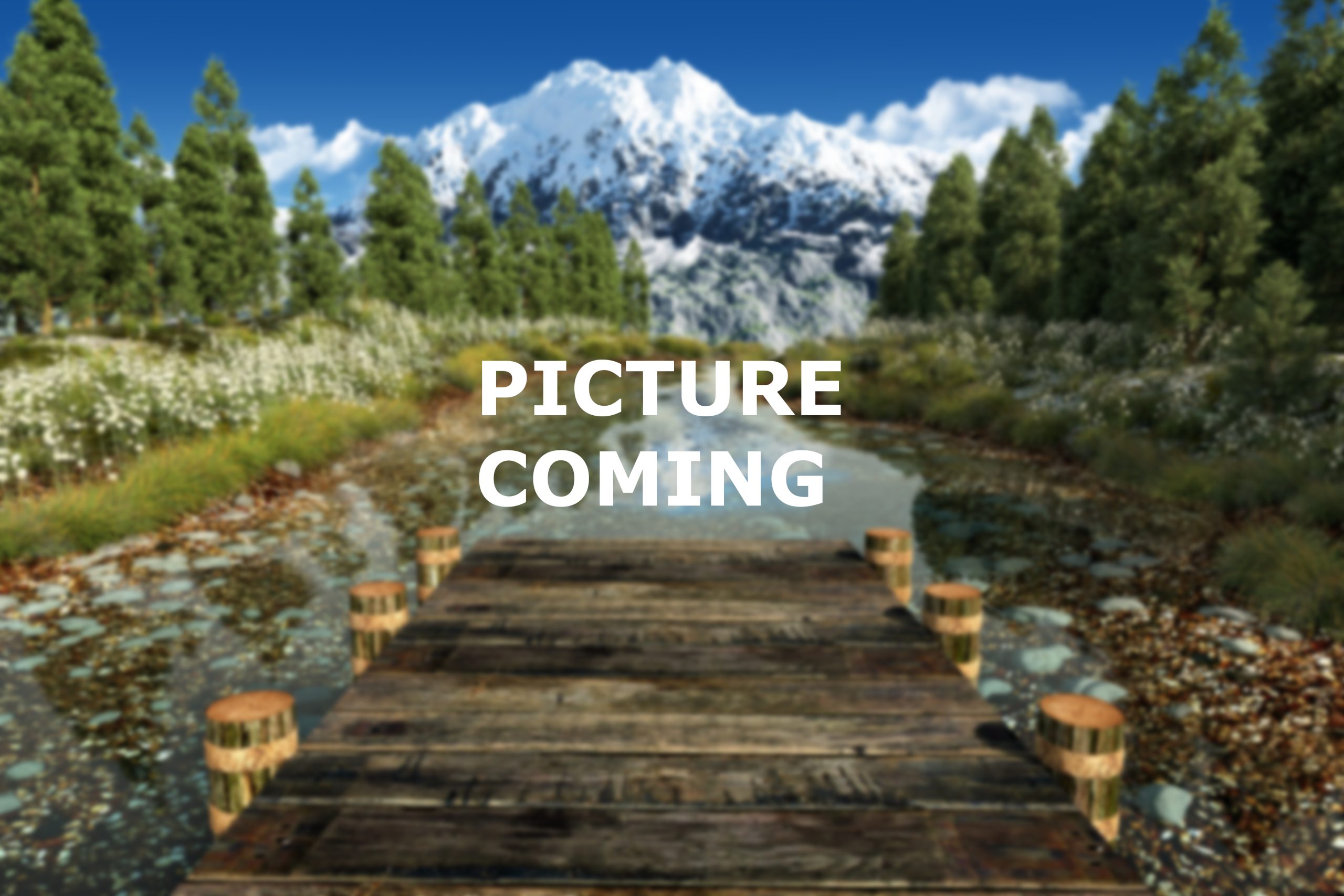
Cerro Hoya National Park
Explore Now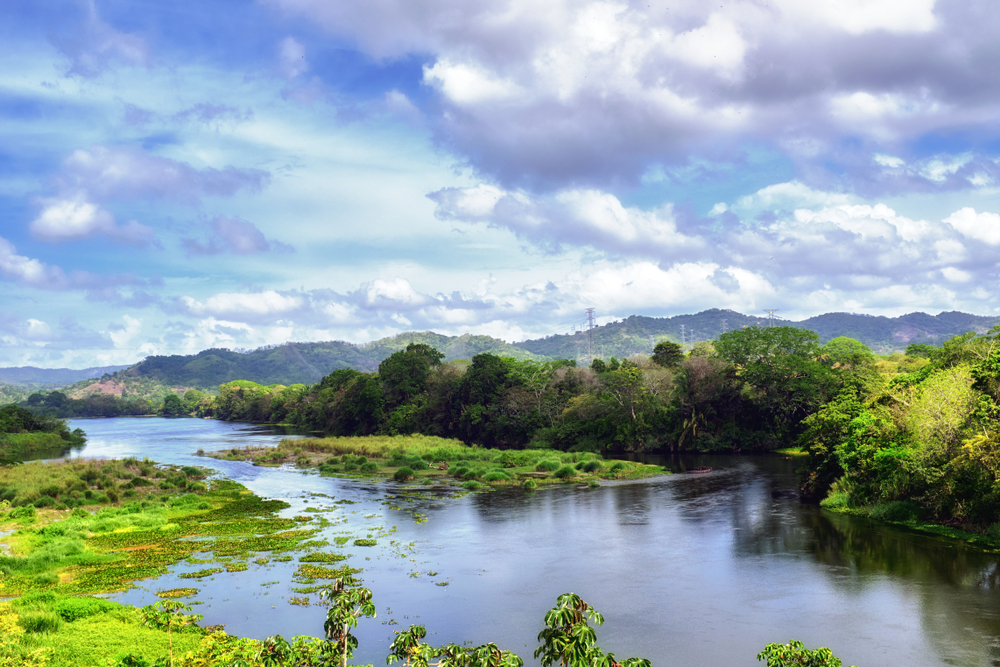
Chagres National Park
Explore Now
Coiba National Park
Explore Now
Darién National Park
Explore Now
Golfo de Chiriqui National Park
Explore Now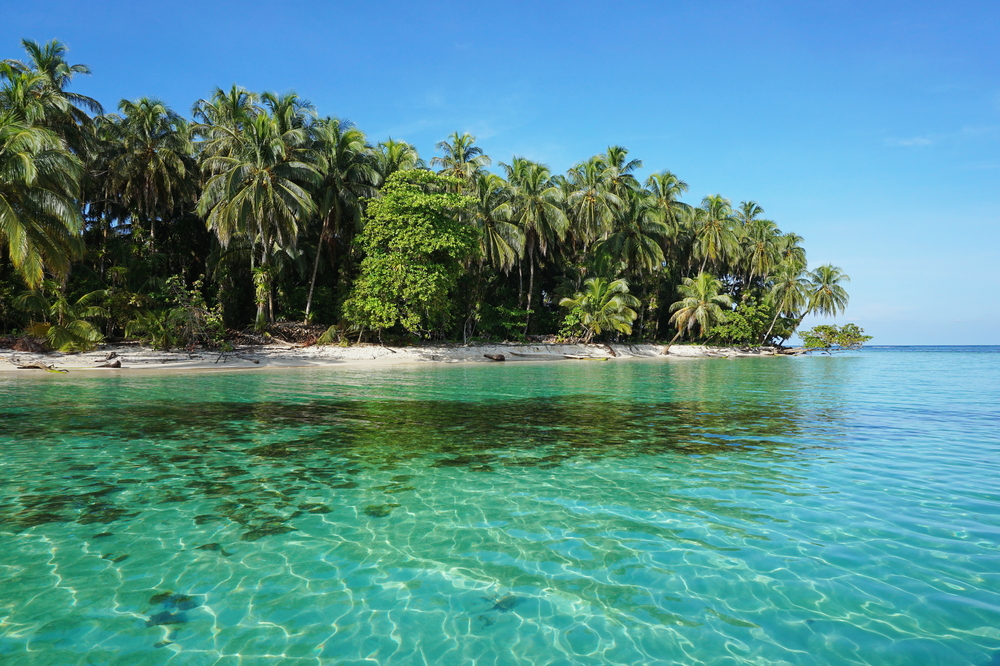
Isla Bastimentos National Marine Park
Explore Now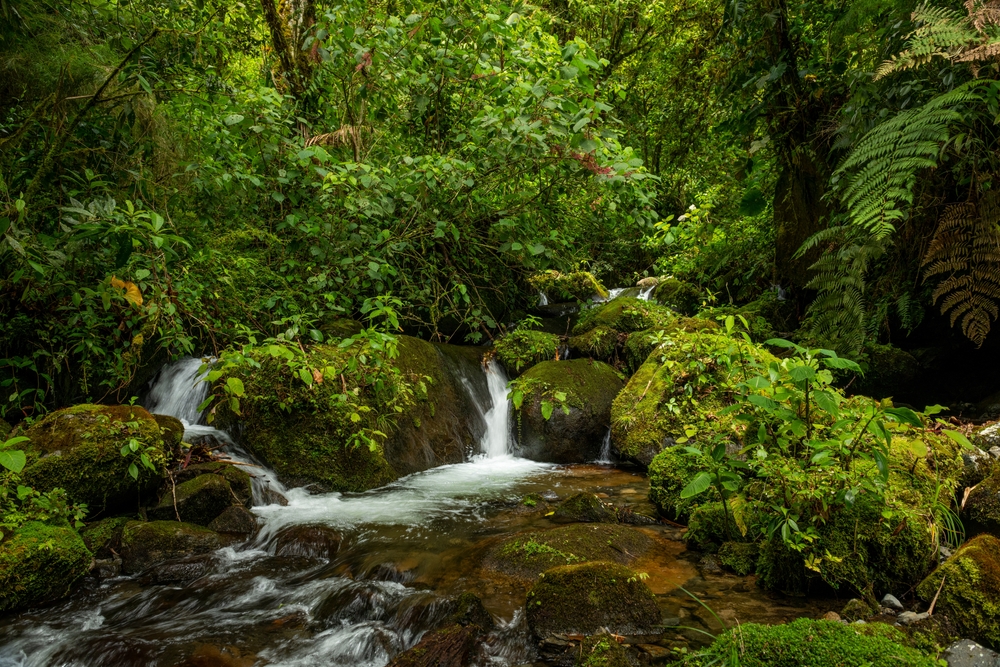
La Amistad International Park
Explore Now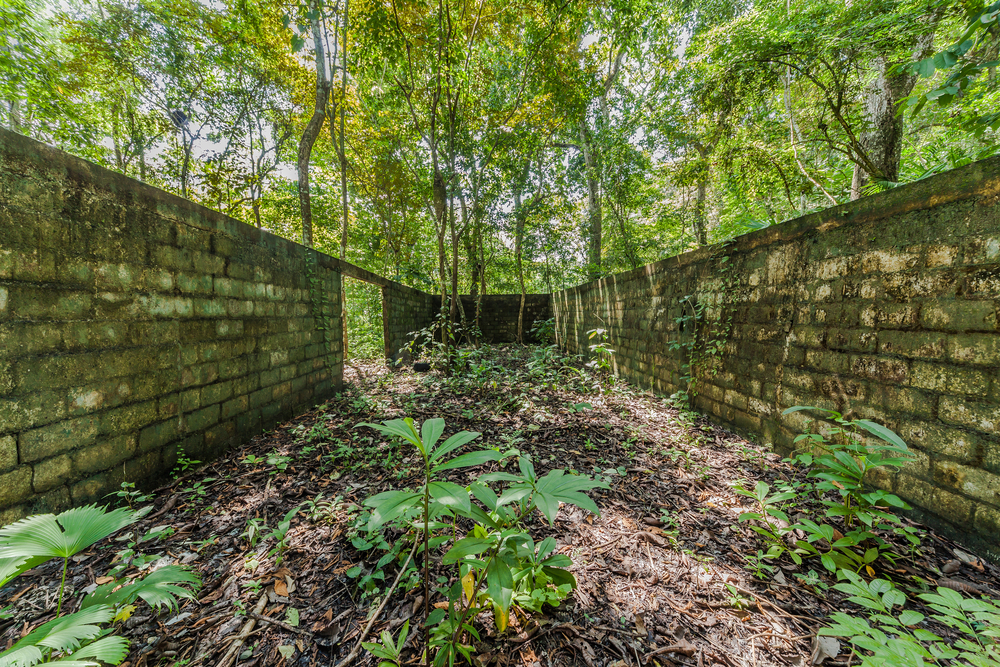
Metropolitan National Park
Explore Now
Omar Torrijos National Park
Explore Now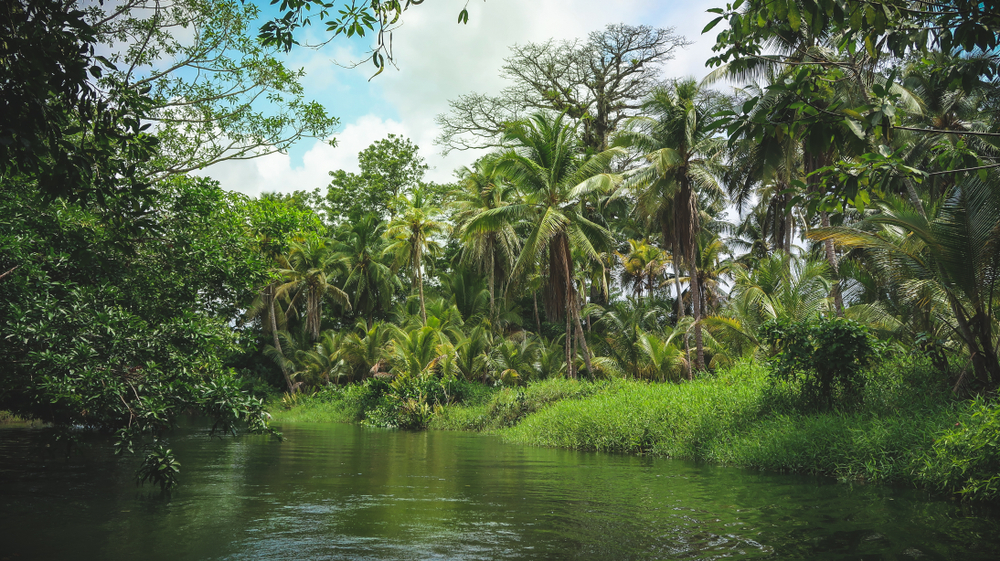
Portobelo National Park
Explore Now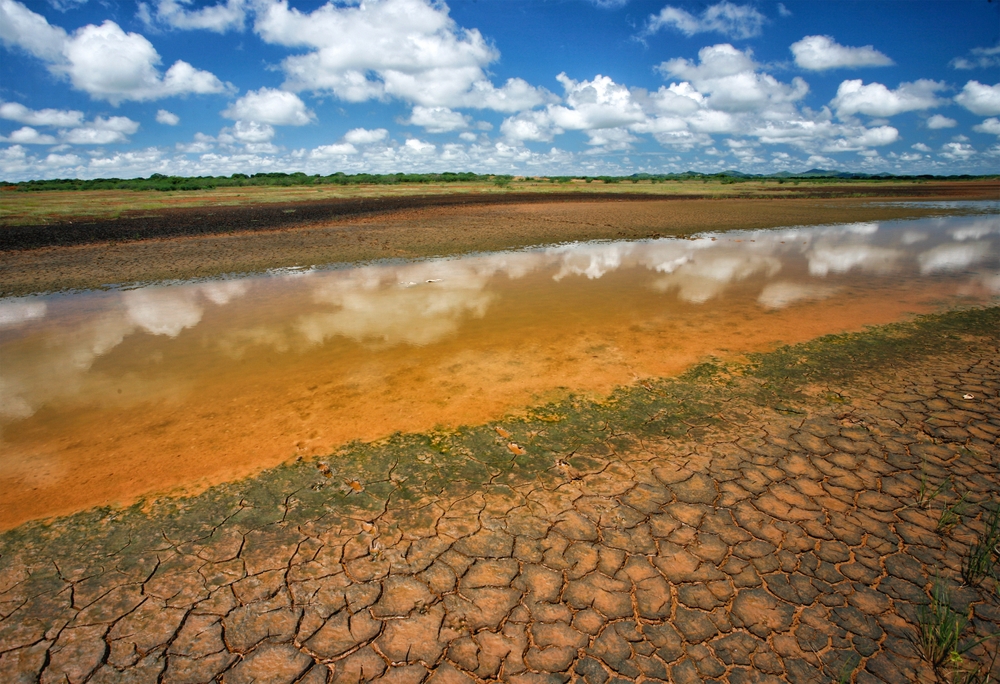
Sarigua National Park
Explore Now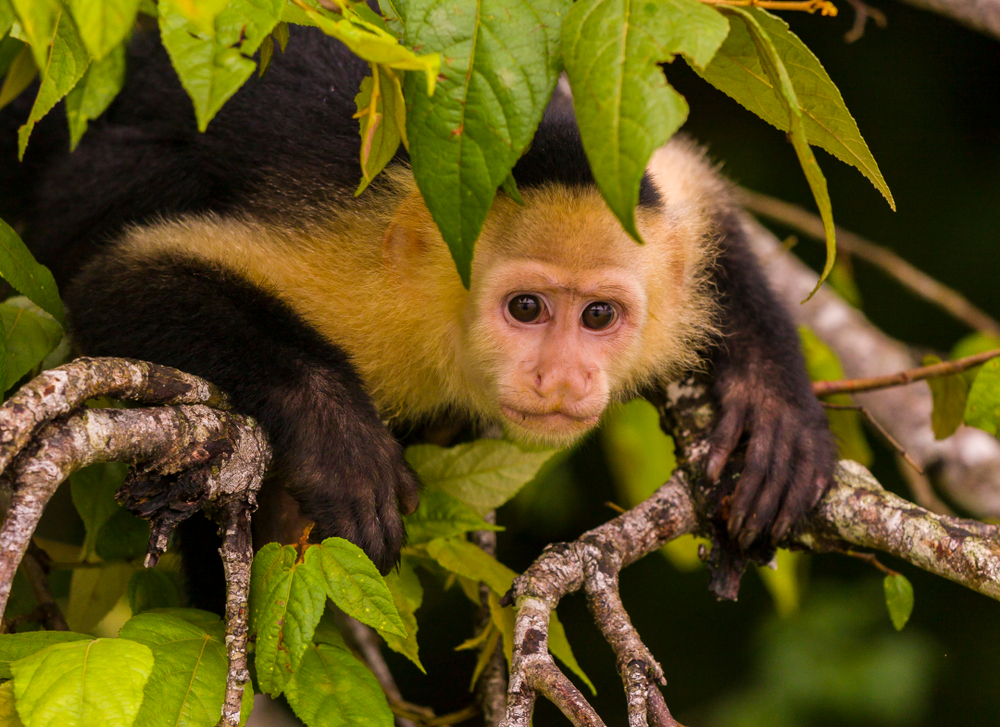
Soberania National Park
Explore Now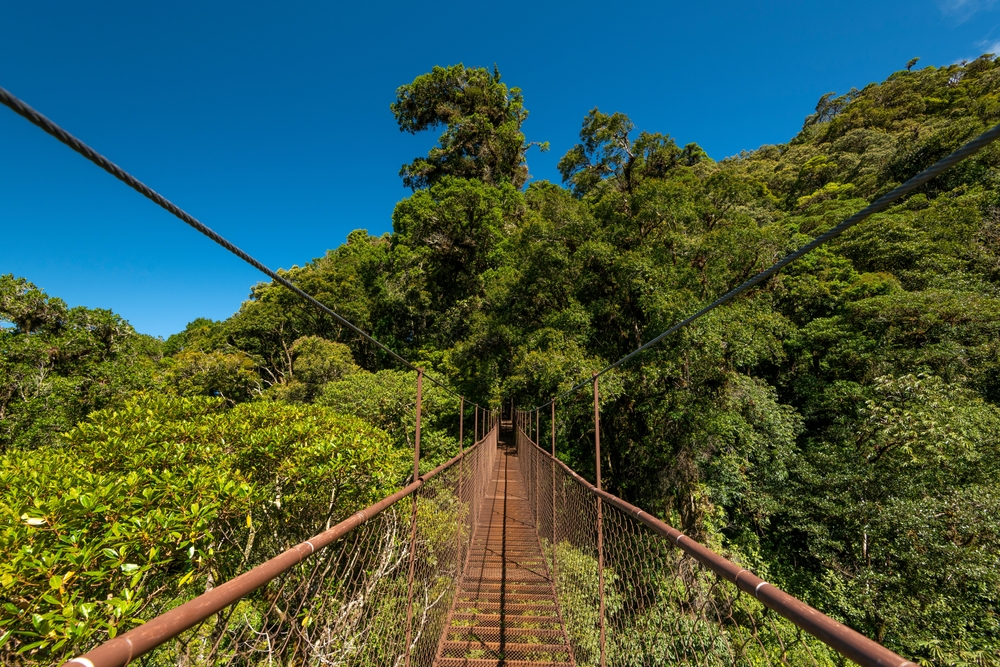
Volcan Baru National Park
Explore NowFAQ’s
1. What was the first national park in Panama?
2. What is the largest national park in Panama?
The largest national park in Panama is Darién National Park, covering 2,223 square miles (5,790 km²). Located in the Darién Province along the border with Colombia, it is one of the most biodiverse places in the world and a UNESCO World Heritage Site. The park is home to jaguars, harpy eagles, and indigenous Emberá and Wounaan communities.
3. What is the smallest national park in Panama?
The smallest national park in Panama is Metropolitan Natural Park, which covers 0.9 square miles (2.3 km²). It is located within Panama City, making it one of the few tropical rainforests in a capital city. Despite its small size, it is home to Geoffroy’s tamarins, sloths, and over 250 bird species.
4. What is the most popular national park in Panama?
The most visited national park in Panama is Soberanía National Park. Located just 16 miles (25 km) from Panama City, it is famous for its Pipeline Road, one of the best birdwatching sites in the world. The park is also home to capuchin monkeys, toucans, and anteaters.
5. What percentage of Panama's land area is protected through official National Parks?
Around 30% of Panama’s land is protected under national parks and reserves, making it one of the most conservation-oriented countries in Latin America.
6. What other protected areas are there in Panama?
In addition to national parks, Panama has several other protected areas, including:
- Coiba National Marine Park – A UNESCO World Heritage Site with coral reefs and marine biodiversity.
- Barú Volcano National Park – A highland park home to Panama’s only volcano and a hotspot for birdwatching.
- La Amistad International Park – A transboundary park shared with Costa Rica, protecting cloud forests.
- Chagres National Park – A key watershed area supplying the Panama Canal with freshwater.
7. What nature attractions does Panama have apart from National Parks?
Here are some nature attractions found within the country of Panama:
- San Blas Islands – A stunning archipelago in the Caribbean, home to the Guna Yala people.
- Bocas del Toro – A paradise for beach lovers, with rainforests, coral reefs, and sloths.
- Gulf of Chiriquí – A marine hotspot with humpback whales, dolphins, and tropical islands.
- El Valle de Antón – A picturesque town inside an extinct volcanic crater, surrounded by waterfalls and cloud forests.
8. What species are endemic and unique to Panama alone?
Panama is a biodiversity hotspot with unique species, including:
- Panamanian golden frog (Atelopus zeteki) – Critically endangered and a national symbol.
- Coiba Island howler monkey – Found only on Coiba Island.
- Coiba spinetail – A bird species unique to Coiba National Park.
- Darién pocket gopher – Found only in the Darién region.
9. What is Panama's main international airport?
The main international airport in Panama is Tocumen International Airport (PTY), located in Panama City. It is the busiest airport in Central America and serves as a major hub for connecting flights between North and South America.
10. What international airline companies fly into Panama?
Many major international airlines operate flights to Panama, including:
- Air Canada
- Air France
- American Airlines
- Avianca
- Copa Airlines (Panama’s national carrier)
- Delta Air Lines
- Iberia
- KLM
- LATAM Airlines
- Spirit Airlines
- Turkish Airlines
- United Airlines
11. Who manages the national parks of Panama?
Panama’s national parks are managed by MiAmbiente (Ministerio de Ambiente de Panamá), the Ministry of Environment. Their official website is: www.miambiente.gob.pa
Would you like more details on any of these parks?









































































